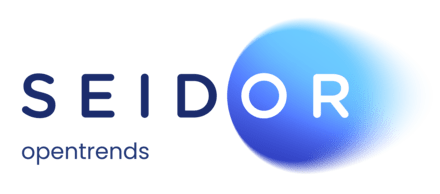
Case StudyCaso de EstudioCas d'Estudi
IoT Data Analytics Architecture for Transportation Engineering Firm
SEIDOR Opentrends planned and designed an IoT data analytics roadmap and architecture for a world-leading engineering firm that designs and manufactures passenger boarding systems, such as jet and cruise terminal bridges for airports and seaports. Working with SEIDOR Opentrends for the sensorization and connectivity of their products opened new possibilities for the client. Building this digital transformation strategy identified new business lines for the firm and improved its existing service portfolio.
Challenge: Connecting Passenger Boarding Systems to IoT Devices
Before working with SEIDOR Opentrends, the client’s passenger boarding systems were standalone products. The client’s objective was to transform their boarding bridges in airports and seaports into IoT-connected devices.
The roadmap was designed to detect service needs and proactively provide remote service and maintenance. The increased ability for remote operation and AI controls would reduce the customer’s operating costs.
The data analytics generated from IoT would positively impact the delivery of existing services and provide additional monetization opportunities. The new capabilities from mobile applications and intelligent operations would increase the value to the client’s customers, allowing them to increase sales volume and profitability.

Solution: A Custom IoT Platform
Methodology: Proprietary Agile Transformative Team
A digital transformation that would impact every aspect of the company and product required multiple iterations to ensure long-term impact and success. SEIDOR Opentrends drafted numerous system design and implementation plans with the client. Each iteration improved the depth and detail of the business’s overall vision and needs.
When the roadmap matched the client’s capabilities and ambitions, SEIDOR Opentrends assembled an Agile Transformative TeamTM equipped with the ability, flexibility, speed and transparency to accomplish the project.
SEIDOR Opentrends’ team included:
- A Project Manager (Team Leader) with a general supervisory role charged with conducting resource planning and coordination.
- A functional analyst oversees the proposed solutions' overall functionality.
- An Architect is responsible for the solution's design, integrability, technical compliance, and viability within the client's context.
- A Project Director who monitored the evolution of the project's indicators and maintained communication with the client's executives.
- Additional collaboration from specialized technicians in the security, integration and platform fields was made available on a need basis.
Technology: From SCADA to IoT Data Analytics and AI
SEIDOR Opentrends drew up an IoT and Data Analytics Cloud Platform on Amazon Web Services (AWS). The completed roadmap for the architecture included all the necessary configurations and the development sketches to encompass all user stories (backlog).
The team designed the architecture to achieve instantaneous response and action from the information generated by the IoT sensors.
The proposed development plans were modular, meaning all identified services supported one or more modules. The architecture allows for constant scalability and long-term development without the risk and limitations of capacity or growth.
Figure 1: Flow chart illustrates the proposed real-time processing, transformation, and system use

The identified, deployed, and integrable components of the system included:
- Amazon IoT Core
- Amazon Kinesis Data Firehose
- Amazon Kinesis Data Analytics
- Amazon SageMaker
- Amazon Athena
- Amazon QuickSight
Improving the Modern Passenger Experience while Elevating Airport and Seaport Performance
The result of SEIDOR Opentrends’ and the client’s collaboration was a roadmap for architecture to achieve the organization’s business and technological goals. The new roadmap had the potential to:
- Generate new revenue streams derived from data analytics
- Significantly improve and expand the product’s remote operation, service, and maintenance
- Reduce total cost of ownership (TCO) for both the client and their end-customers
Figure 2: Achievements - New Product Ecosystem For the Client

More boarding convenience for passengers, business efficiency and cost savings for airport and seaport operators.
SEIDOR Opentrends’ completed roadmap met all of the client's requirements and can be progressively developed and implemented without the risk of obsoletion. The implementation plan achieved the urgency for short-term results while developing the potential to process millions of IoT signals in real time. By creating an architecture that utilizes the client’s existing infrastructure and tools, the client can more easily implement their digital transformation into their platform.
The client’s industry representative stated, "This is a real game-changer for the company's growth projection." SEIDOR Opentrends’ IoT infrastructure allowed the client to optimize their products, reduce their end-customers costs, and provide better services and experiences for passengers.

